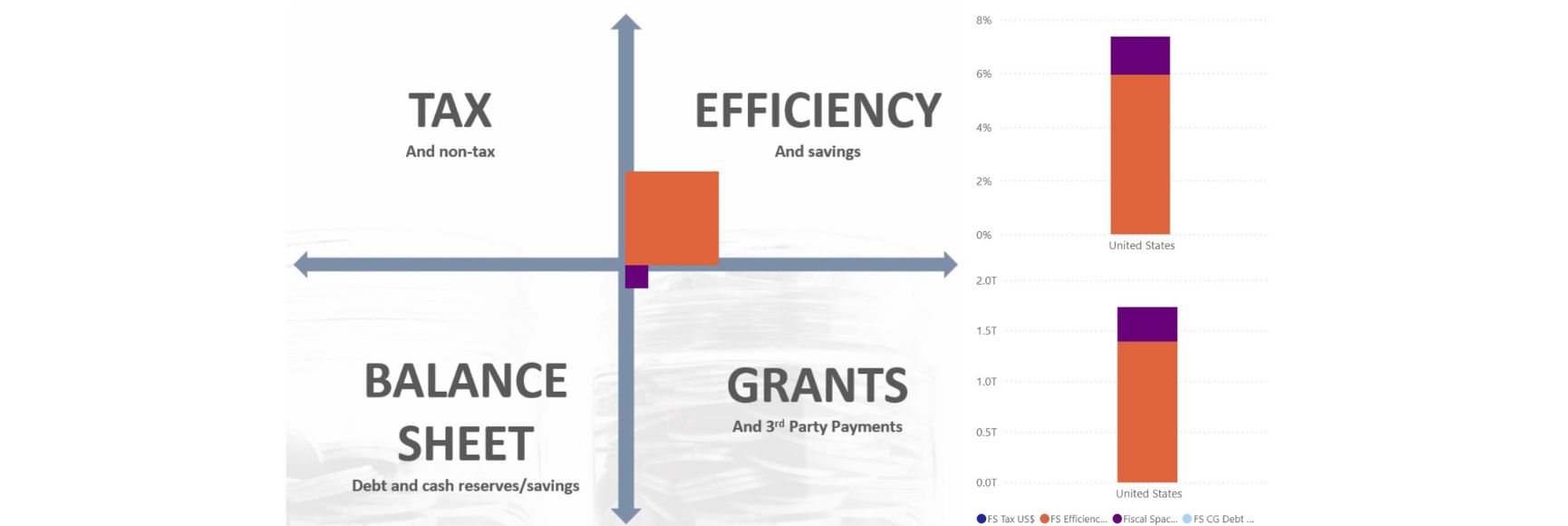Posted by Ian Lienert
What do we know about the factors affecting the quality of PFM reforms? Is it possible to measure the quality of the PFM system as a whole? If these questions can be answered, what are the implications for the design of a country-specific PFM reform? And how would donors that support PFM reforms benefit from such knowledge?
In a Background Note of the Overseas Development Institute (ODI), authors Edward Hedger and Paolo de Renzio grapple with these questions by analyzing PFM assessments. Although the available data do not yet allow unambiguous operational guidance for the design and implementation of PFM reform programs, existing evidence confirms the validity of certain approaches and measures.
The July 2010 note, available on ODI’s website is subdivided into four main sections.
1. Data Sources on PFM Systems
There are few reliable sources of information and cross-country data to assess and compare the quality of PFM systems. After reviewing IMF and World Bank data sources, the authors use the Public Expenditure and Financial Accountability (PEFA) performance measurement method (described in various postings on the blog, e.g., Public Expenditure and Financial Accountability (PEFA) Part 1), which provides a comprehensive and consistent framework for assessing the quality of budget systems and institutions.
2. Measuring the Quality of PFM Systems
Although the authors are aware of the shortcomings of the PEFA data[1],it has nonetheless been used to derive preliminary results for the evolution of the PFM system in 16 countries. These results suggest that, between 2001 and 2007, the PFM systems of eight countries improved, four deteriorated and four presented an unclear trend. These developments were not necessarily consistent across three different PFM dimensions: (a) transparency and comprehensiveness; (b) budgeting, planning and policy linkages; and (c) control, oversight and accountability. Interestingly, the 57 PEFA assessments conducted so far highlight how average scores tend to deteriorate the further one moves through the budget cycle (from formulation to execution, reporting and scrutiny) (see Figure 2 of the ODI paper).
3. What We Know About Factors Affecting PFM Quality and Reforms
Three main factors have been identified in the literature as having an influence on the performance of PFM systems, notably: (a) country characteristics; (b) reform process characteristics; and (c) donor approaches to supporting reform. The main findings are:
- Country characteristics. The available evidence suggests that income level (and per capita income growth), country stability, and having a PSRP are associated with higher PEFA scores. On the other hand, countries dependent on exports of their natural resources have poorer PFM systems, and in Francophone countries, external accountability systems appear to be weaker than in Anglophone countries.
- Reform process characteristics. The Note reviews the evidence as to why downstream, de facto and deconcentrated PFM process areas have proven especially resistant to reform for most countries (for more details, see Matt Andrews' blog posting of August 11, 2010, which reports on an investigation by ‘themes’ in performance across PFM areas).
- Donor approaches to supporting reform. In recent years, ‘new’ approaches by donors include: (a) a shift from project aid towards program aid and general budget support; (b) greater use of country systems; and (c) integration of financial and technical assistance. The authors cite studies that indicate that empirical evidence to support the new approaches remains limited and somewhat equivocal.
4. Implications for Reform Design and Donor Support
Based on the PEFA analysis, and consistent with studies by Andrews (2008; 2009), the following four ‘adjustments’ to current PFM reform approaches are proposed:
i) A critical focus of initial reform efforts should be on creating ‘reform space’ rather than pushing technical reforms.
ii) PFM reform engagement should be extended more systematically beyond concentrated groups of actors at central government level, typically within departments of the finance ministry.
iii) PFM reforms need to be more distinctive, taking into account country context.
iv) PFM reforms should link to domestic policy objectives over and above international donor imperatives.
5. Conclusions
The authors highlight that, in PFM reform programs supported by donors, it is especially important to:
- Pay attention to context, especially institutional and incentive issues, and avoid the mechanistic application of standard reform objectives, packages, sequences or plans.
- Garner and channel political and technocratic support for reforms. This requires including non-government actors and promoting a shared diagnosis of PFM system weaknesses in order to build the space for reforms.
- Distinguish consciously between different types of reform and possible reform measures, according to criteria such as: de jure versus de facto; upstream versus downstream; concentrated versus deconcentrated.
- Adjust expectations about PFM reform outcomes accordingly.
- Pay close attention to organizational and cultural change management issues, alongside technical processes and systems.
- Build and use an empirical evidence base to inform and influence dialogue with country stakeholders on reform measures. This approach should take advantage of standardized assessment tools, notably the PEFA framework for PFM performance.
[1] The 100 or more assessments carried out since 2005 provide only a snapshot of PFM system performance across countries. PEFA will only provide an adequate evidence base for a full evaluation of PFM reforms after repeated assessments are completed for a large number of countries over a longer time period.
Note: The posts on the IMF PFM Blog should not be reported as representing the views of the IMF. The views expressed are those of the authors and do not necessarily represent those of the IMF or IMF policy.





